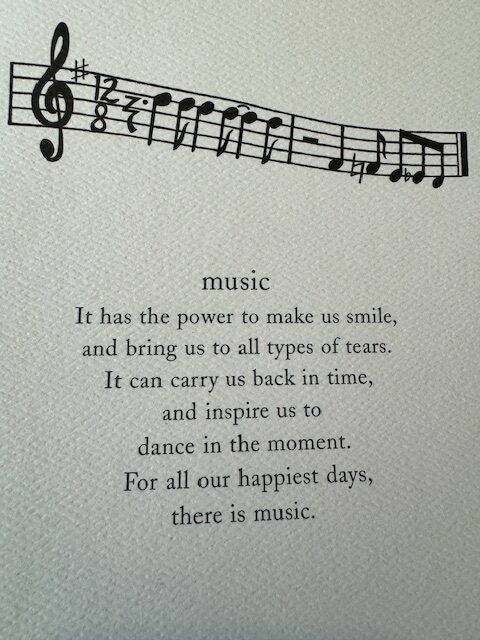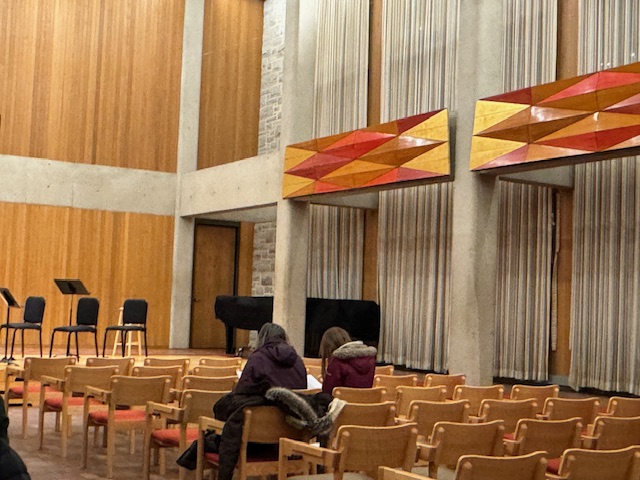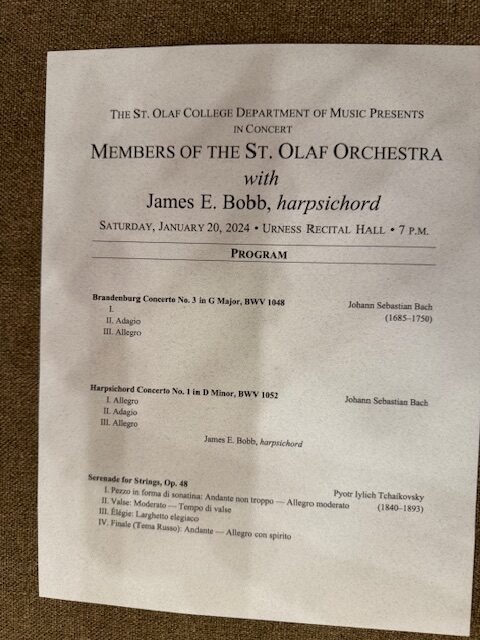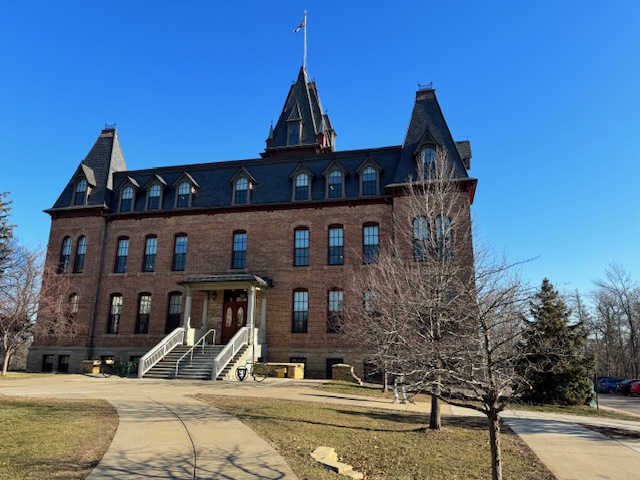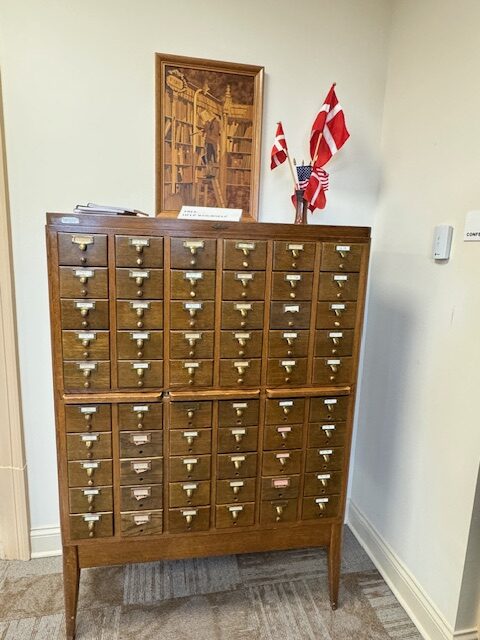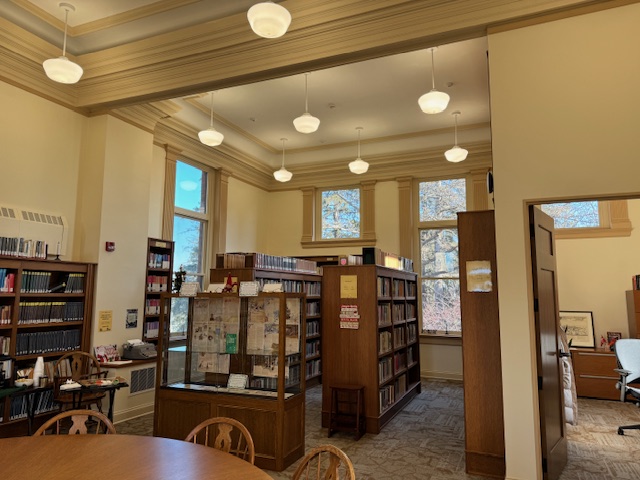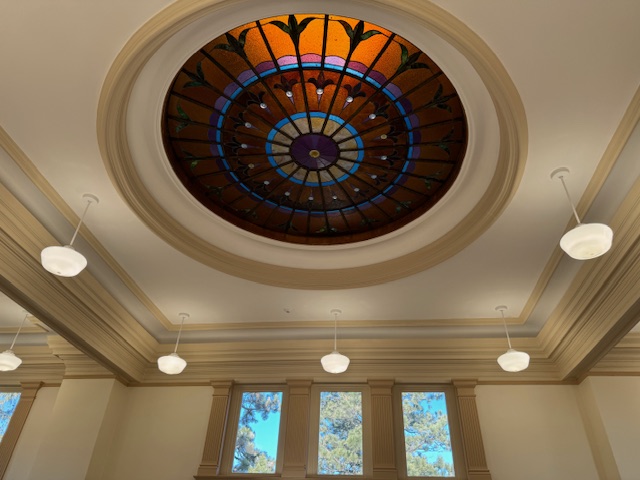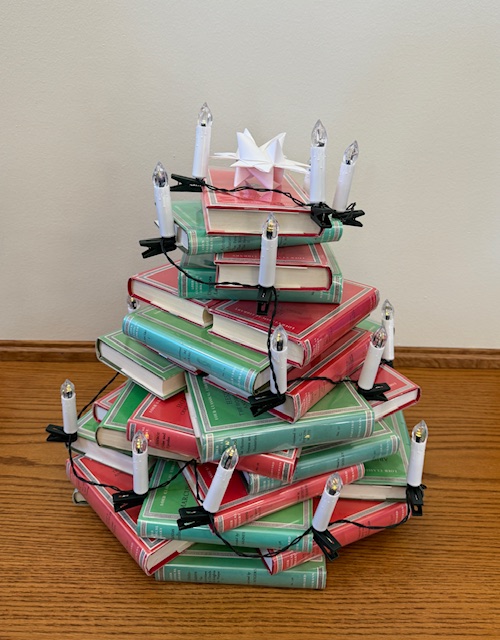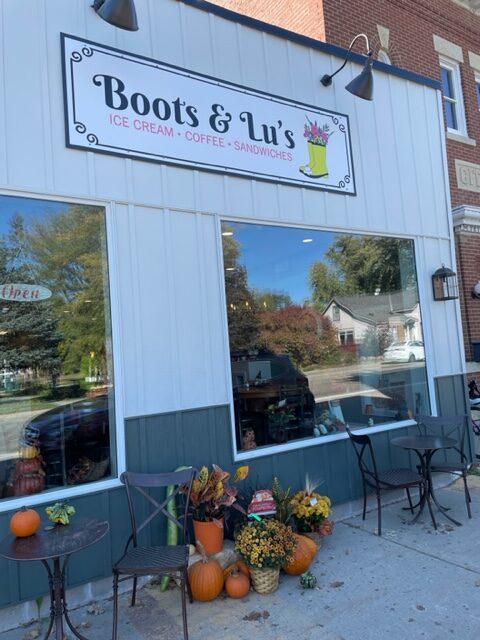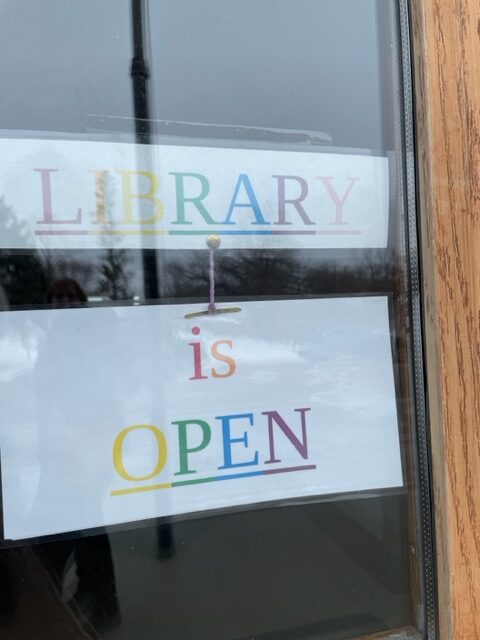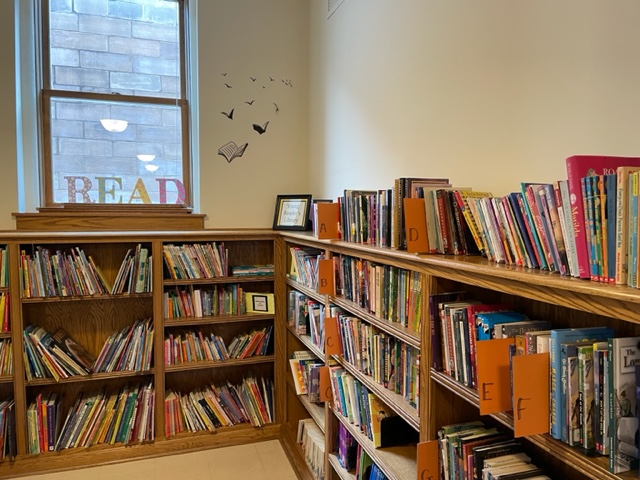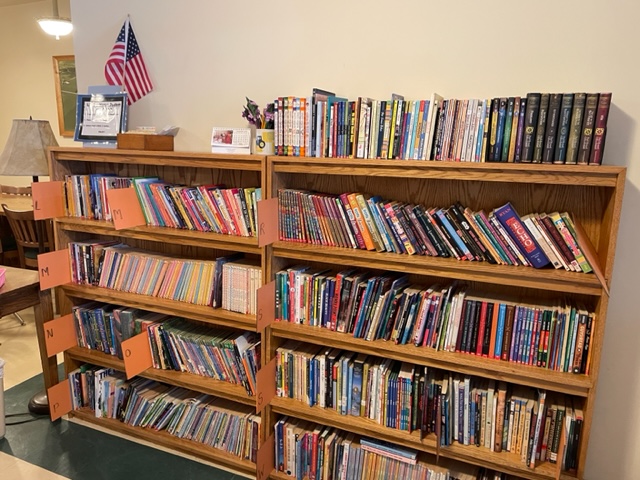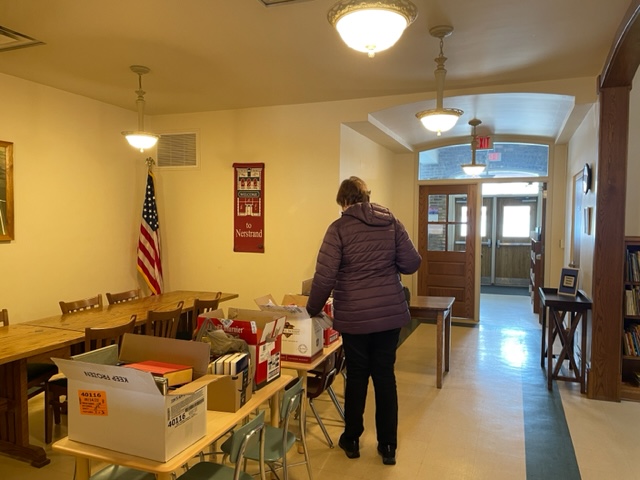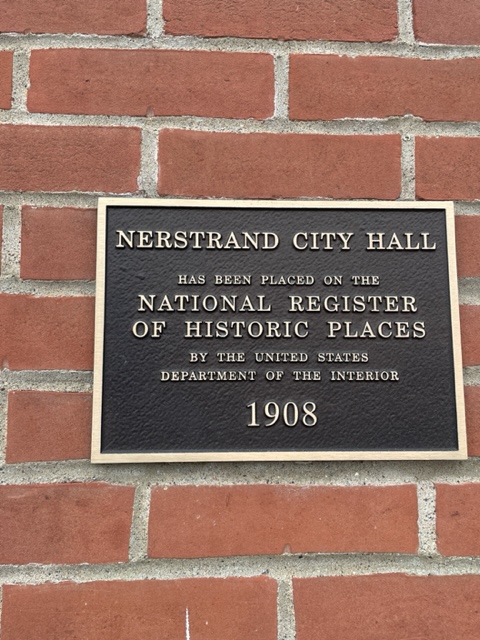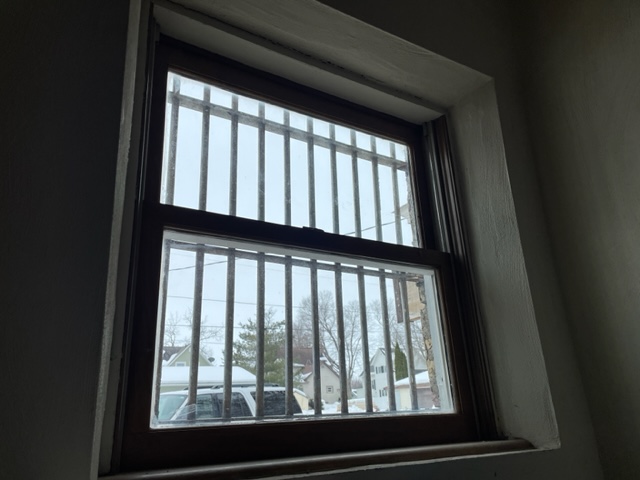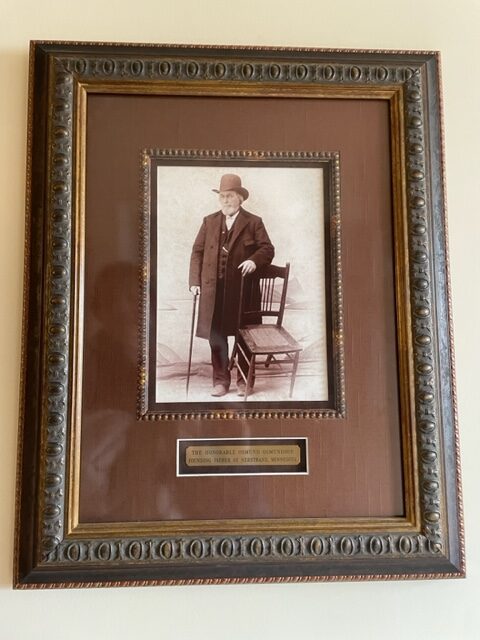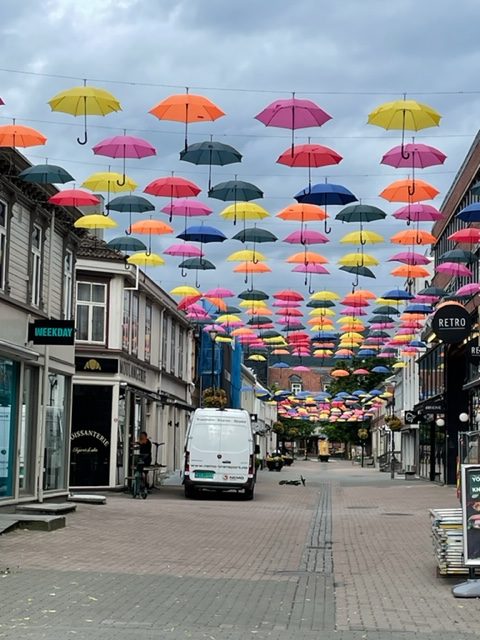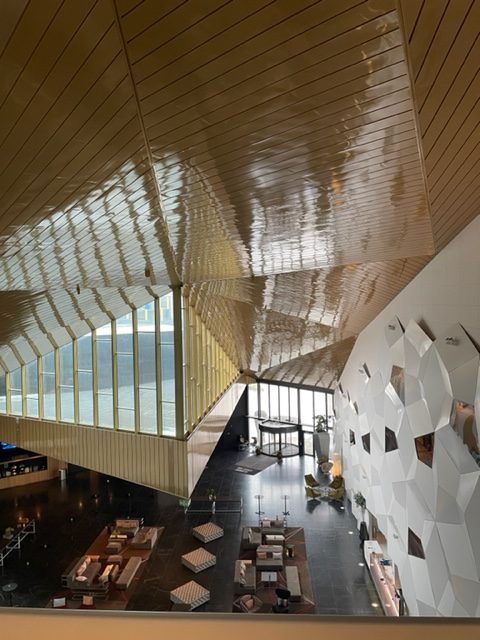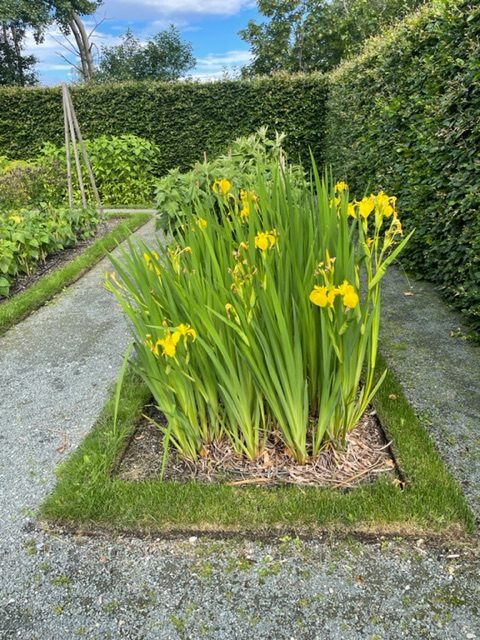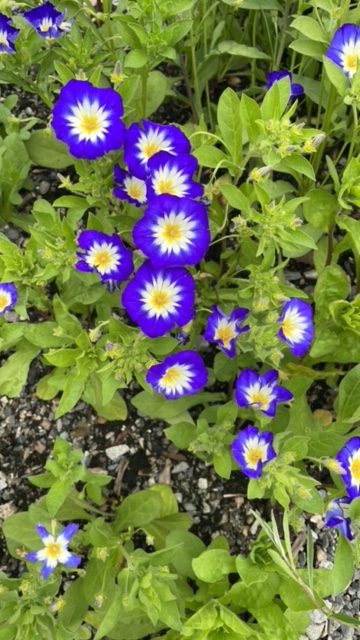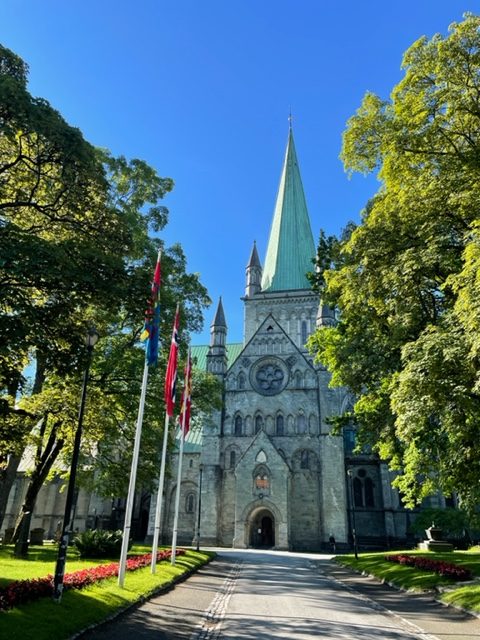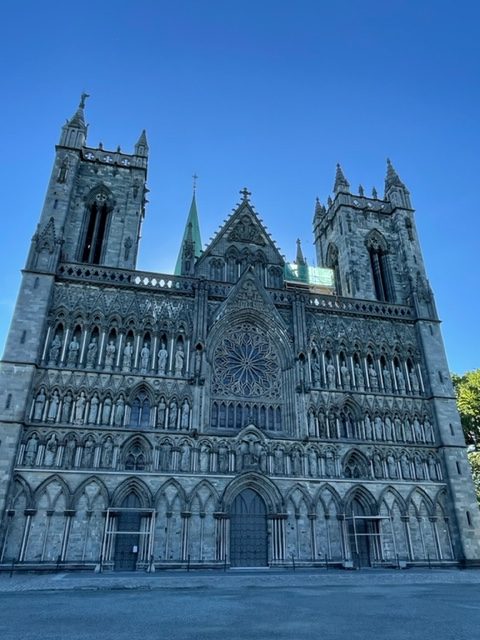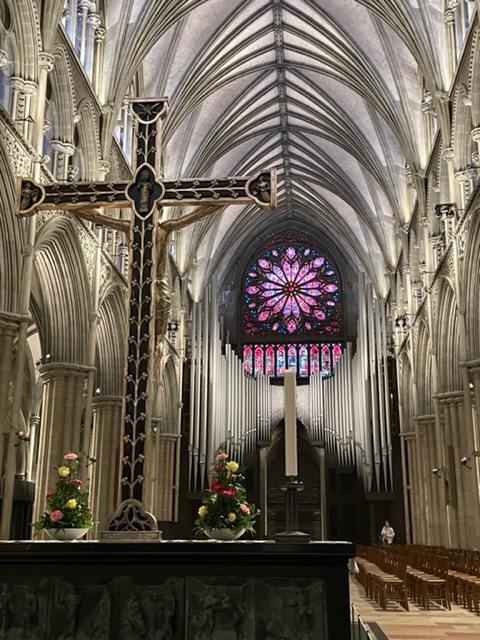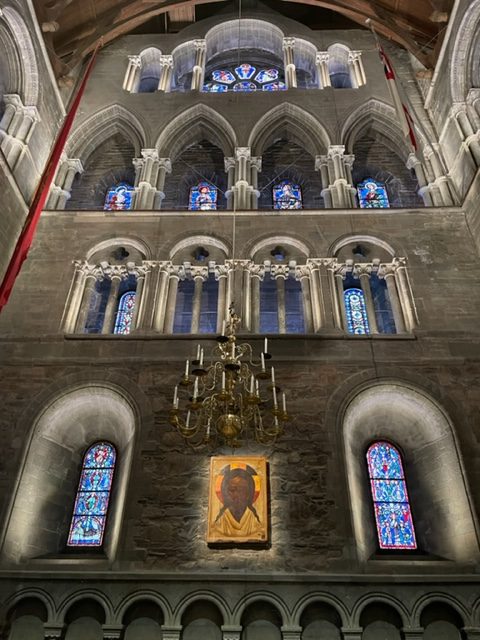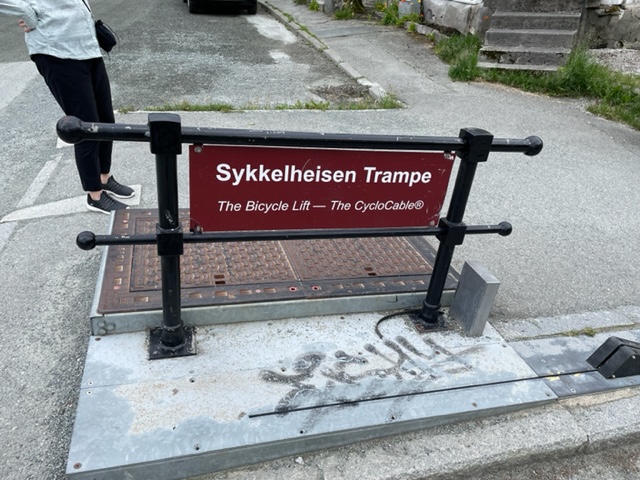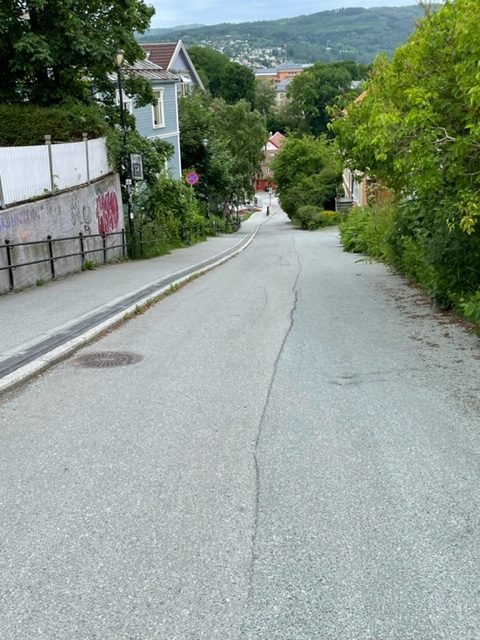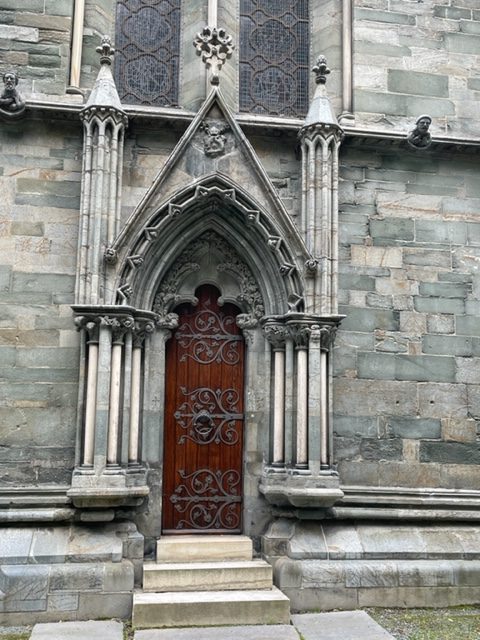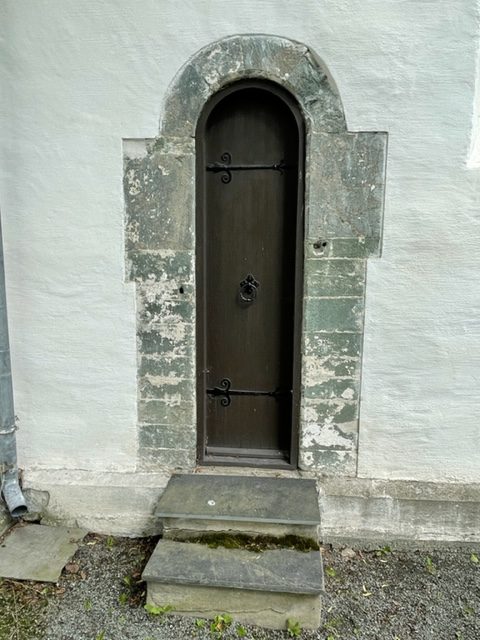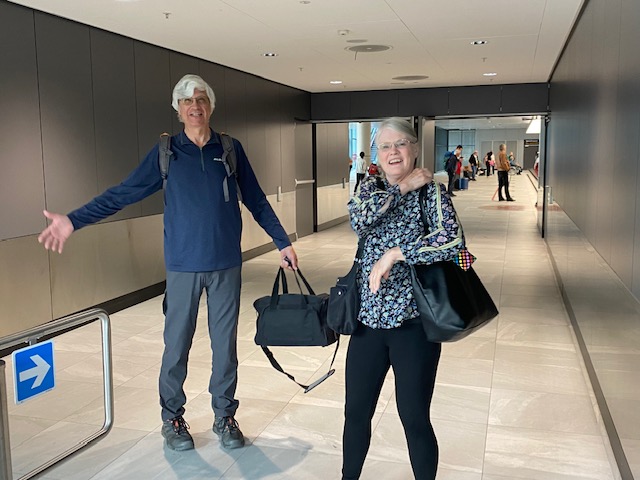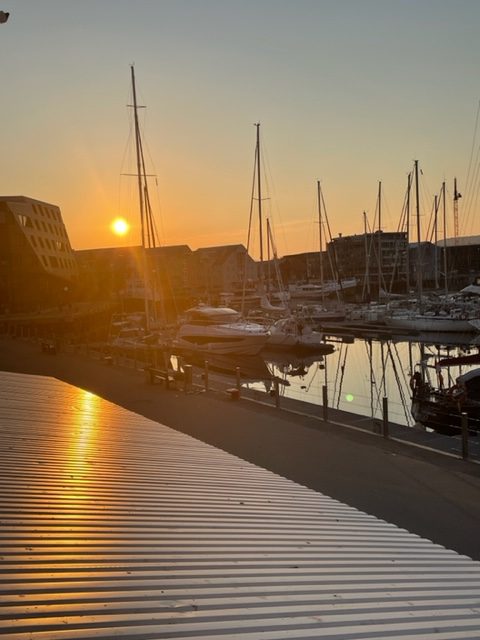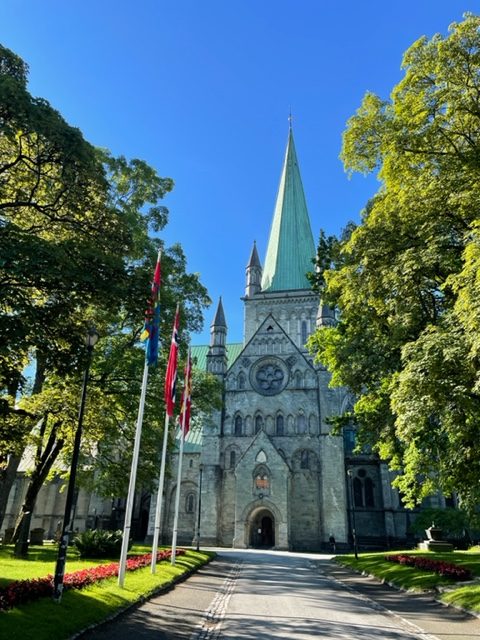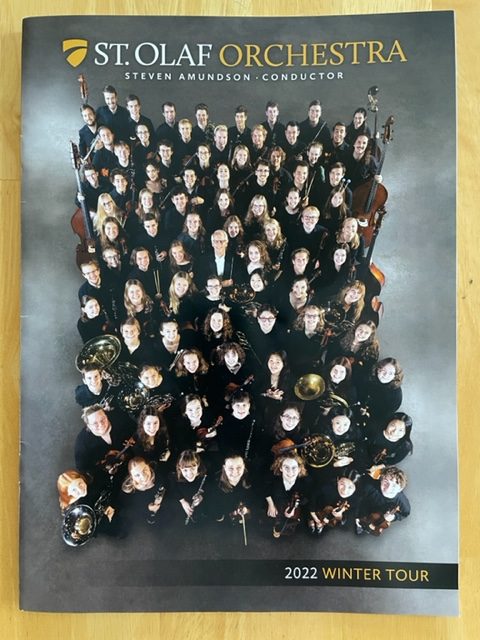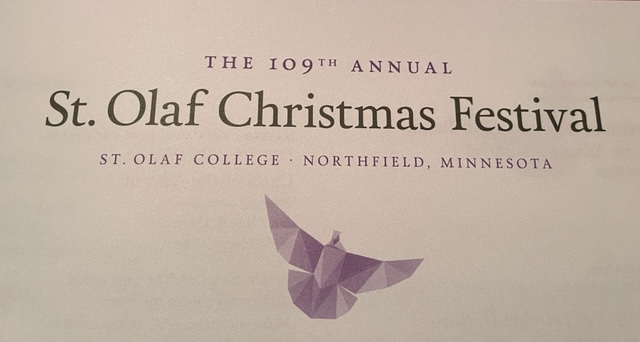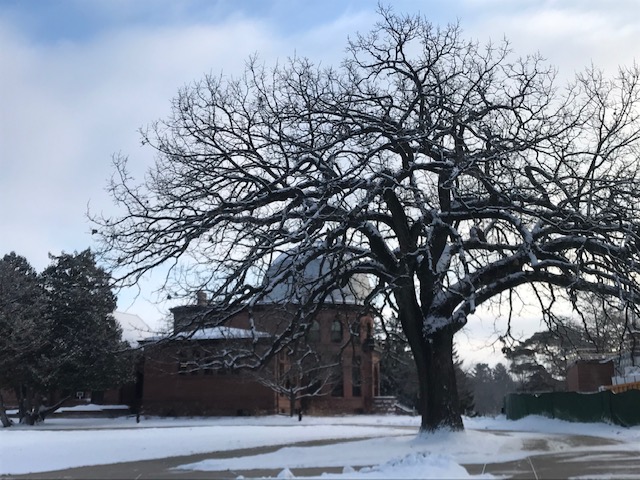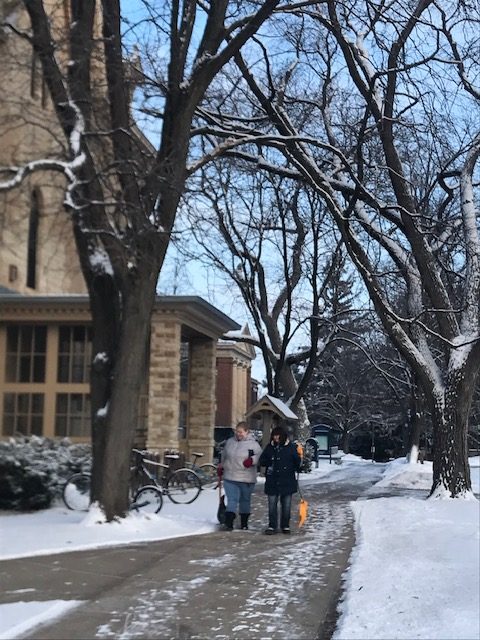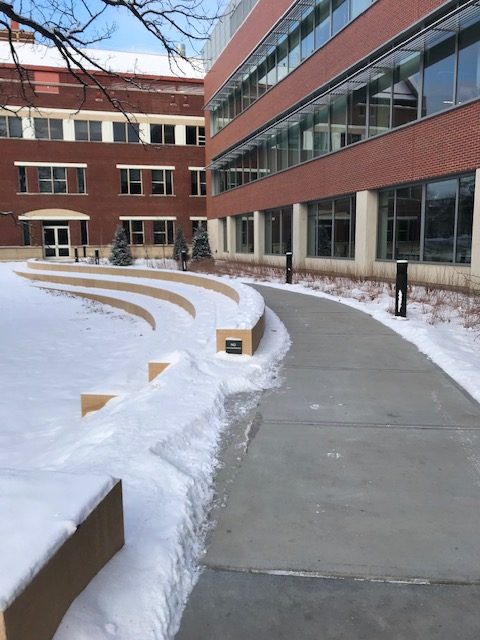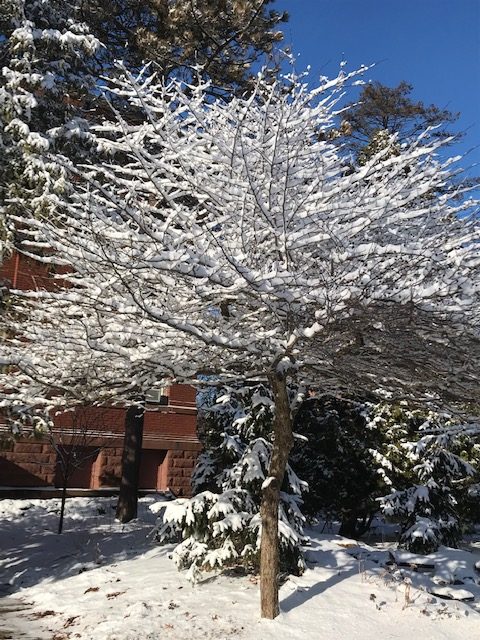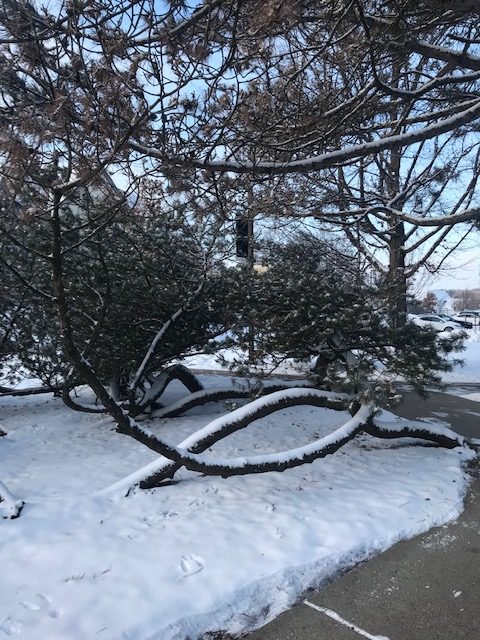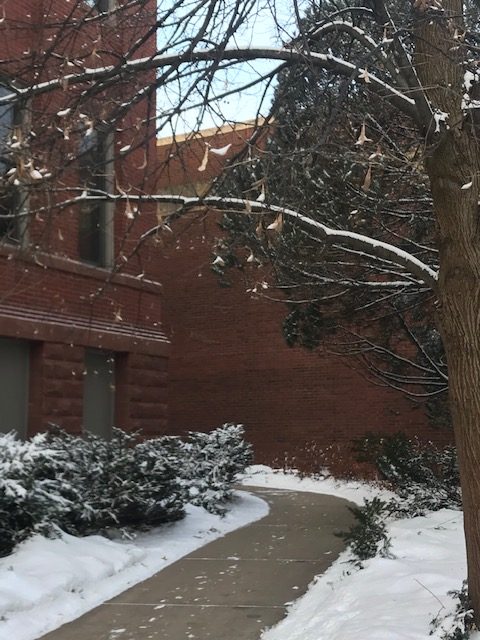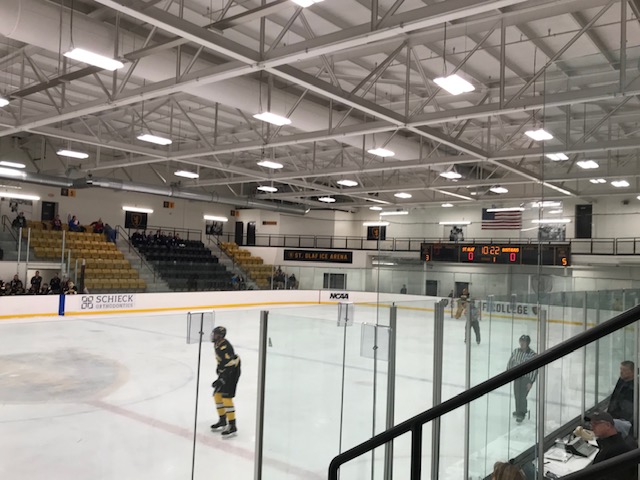I’m grateful all the ways my life has been, and is currently, touched by music. I do appreciate music, although there is so much I do not know about it. The multitude of different musical instruments is amazing. I certainly appreciate musicians; their dedication to their craft and the practice they’ve endured, creating outstanding music for others to enjoy.
It’s nice to be able to attend concerts at the two colleges in Northfield. Even though I may not know much about the compositions, or composers, I can’t help but think I am changed in some way by hearing the beautiful music. Music is good for our souls.
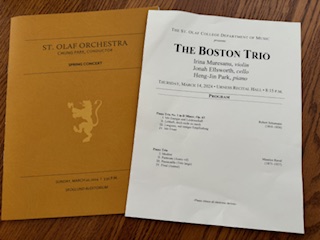
Recently, we have been to several musical events…the St. Olaf Orchestra concert, a Boston Trio recital at Urness Hall (on St. Olaf campus), and the Rock and Roll Revival, a musical extravaganza put on by Northfield High school students.
Each were unique, each were performed by amazing musicians, and each were enjoyable.
The RRR (Rock & Roll Revival) has been put on every other year, for a total of sixteen times so far, by the high school students. It features rock and roll music, from the 50’s, 60’s and 70’s. The high school kids put on a stellar and energetic performance. It’s always fun to see them in action.

And, this year’s RRR brochure was especially clever.
The brochure itself was square, with a 45 phonograph record printed on the front cover.
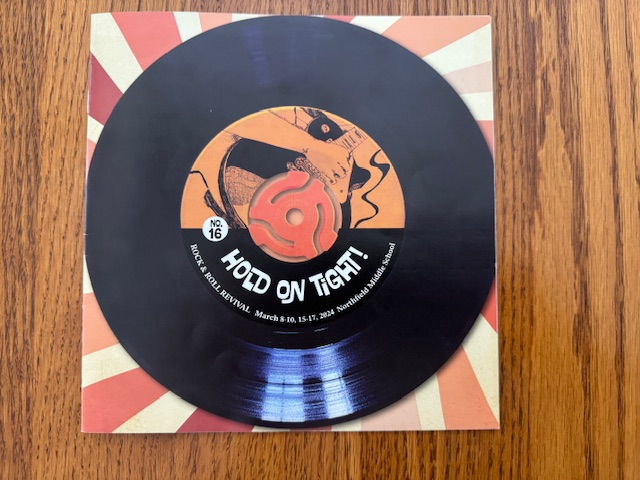
The inside pages listed the songs to be performed. This brochure was then placed into a white, paper sleeve just like how the original 45’s were packaged for retail sale back in “my day.” What fun!
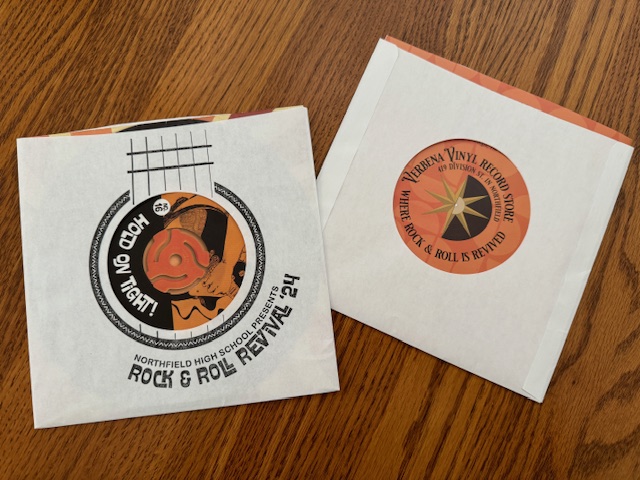
Music is very much a part of my life… from praise and worship songs and hymns on Sundays, to multiple and different opportunities presented to me from many other venues throughout the days, including my new Zumba class! We dance to lively, hispanic music.
Whether it is formal concerts, singing to ourselves or in church, or even hearing the birds sing their songs in the great outdoors, music is all around us…and I am grateful.
